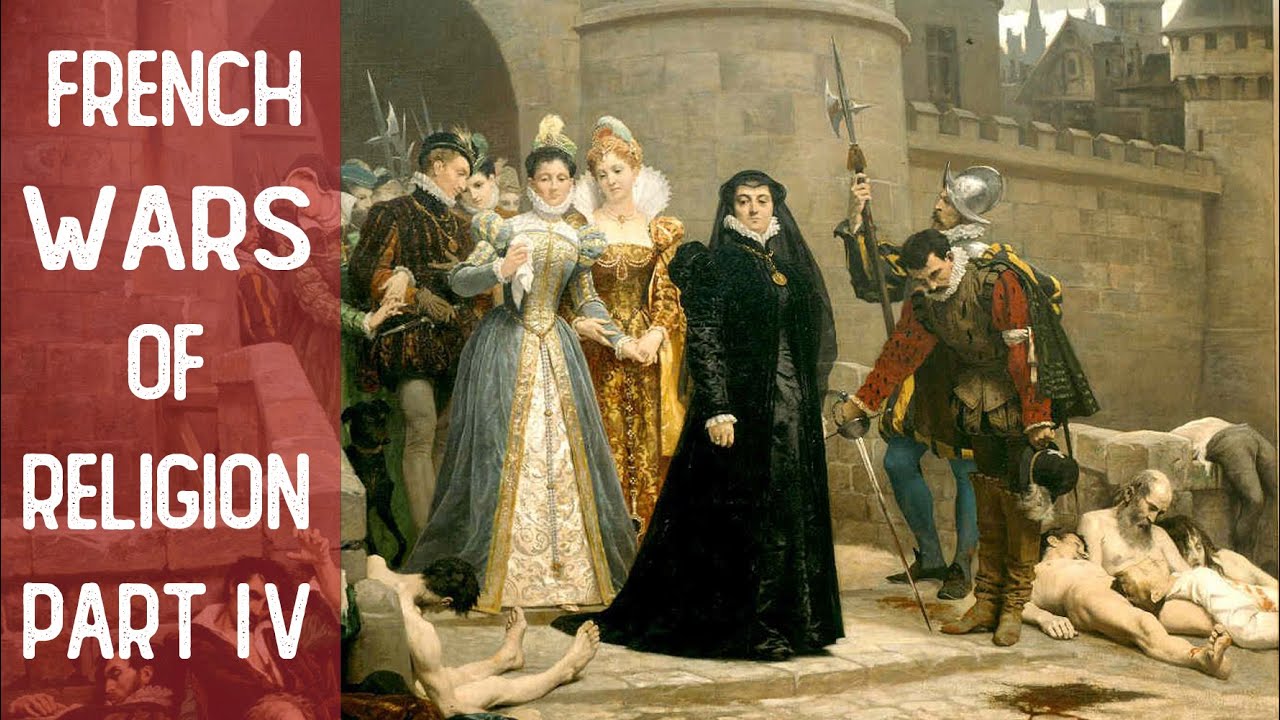Spain in its Golden Age, 1516-1659, offers a case study of the clash between the ideal of absolutism and the persistence of the varied groups on which the monarchy sought to impose its centralized, standardizing rules. The reigns of its two hard-working monarchs, Charles V (r. 1516-1556) and Philip II, span almost the entire century.
Brought up in the Low Countries, Charles came to Spain a stranger. Charles’s election to the imperial throne in 1519 made him further suspect in Spain; the aristocrats were restless in the face of the distractions of his Habsburg responsibilities, and the municipalities disliked the growth of imperial fiscal controls. In 1520 a league of Spanish cities led by Toledo rose up in the revolt of the Comuneros, which was put down in 1521, Charles had been frightened, and in the future he did his best not to offend his Spanish subjects openly.
Unlike his father, Philip II grew up as a Spaniard and was much more willing to build a professional, centralized regime in Spain. He devised a system of councils, topped by a council of state, which were staffed by great nobles but had only advisory powers; final decisions rested with Philip. Philip also greatly reduced the power of the Cortes, or representative assemblies. In Castile nobles and priests, because they did not pay direct taxes, no longer attended the sessions of the Cortes.
The Cortes of Aragon, while retaining more power, was seldom convoked by Philip. Above all, Philip began with assured sources of income: his tax of a fifth of the value of the precious cargoes from America; direct taxes from the states of his realm; revenues from the royal estates and from the sale of offices and patents of nobility; and revenues from the authorized sale, at royal profit, of dispensations allowed by the pope, such as permission to eat meat on Fridays and during Lent.
Even in this matter of revenue, the limitations of the absolute monarch were clear. Except by borrowing and hand-to-mouth expedients like the sale of offices, he could not notably increase his income at home; he could not summon any representative group together and get them to vote new monies. In the first place, the constituent parts of his realm each had to be dealt with as a separate entity, and the slowness of communication with his far-flung domains further delayed the process of decision making. For the most part the nobility and clergy were tax-exempt and could not be called upon for unusual financial sacrifices. The difficulty of collection, the opportunities for graft, and the lack of administrative and financial experience were additional reasons why Philip could not introduce more systematic general taxation.
Outside the financial sphere, the obstacles to effective centralization were even more serious. The union of the crowns of Aragon and Castile, achieved by the marriage of Ferdinand and Isabella, had by no means made a unified Spain. In the sixteenth century, some of the provinces would not even extradite criminals within the peninsula, and many of them levied customs dues on goods from the others. The northern regions preserved many ancient privileges known as fueros, and Aragon still kept the office of justicia mayor, a judge nominated by the Crown for life and entrusted with enormous public authority.
What the Habsburg dynasty might have accomplished had it been able to expend its full energies on uniting and developing its Spanish lands can never be known. What actually happened was that it exhausted the peninsula and weakened its lands overseas in trying to secure hegemony over Europe and to subdue the Protestant heresy.
This was the great age of Spain, when Spain seemed to be the richest of states, destined to rule over both the Americas; it was also the Golden Age of Spanish religion, literature, and art. And yet it was a brief flowering, for Spanish greatness largely vanished in the seventeenth century.

